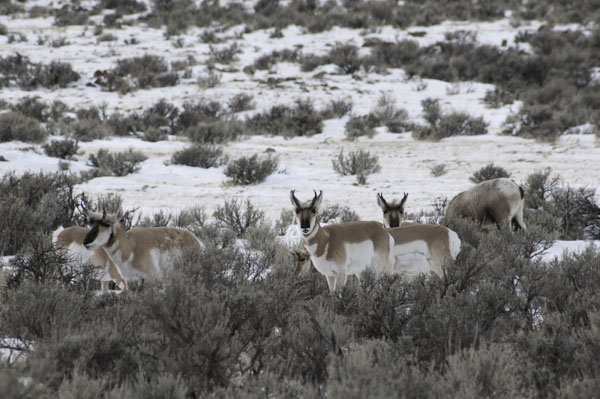-
An important question regarding sagebrush ecosystems, and species that rely upon them like sage grouse has to do with exactly what constitutes the fire rotation in sagebrush habitat? And a corrolary question is do current fire management policies emulate these historical conditions? William Baker’s paper, Scaling Landscape Fire History: Wildfires Not Historically Frequent in the…
-
More than 1.24 million acres have charred a portion of the Texas panhandle and parts of adjacent Oklahoma. The Smokehouse Blaze is the largest in Texas history and the second-largest fire in the nation’s history. It is larger than the top 20 largest wildfires in California over the past 90 years. The Smokehouse Creek fire…
-
Roberts Fire near Glacier National Park, Montana. Photo George Wuerthner A few weeks ago, I attended a panel discussion about wildfires. All the panelists and the moderator suggested that large mega fires resulted from fuels that had attained unnatural levels due to a “hundred years of fire suppression.” The idea that fire suppression is responsible…
-
Severe deforestation on the Wallowa Whiteman National Forest, Oregon justified by fire scar reconstructions. Photo George Wuerthner One of the biggest problems, and also a source of disagreements in wildfire discussions, stems from the use of different temporal and spatial scales. What may seem like excessive wildfire under one set of temporal and spatial assumptions…
-
The idea that frequent low-severity blazes as practiced by Native American removes litter but does not kill trees and thus can preclude large blazes is widely promoted by media, the Forest Service and others. Photo George Wuerthner The idea that frequent low severity blazes as was practiced by some tribal people can reduce large conflagrations…
-
The notion that fire suppression is the reason for large mega fires ignores the influence of climate/weather on blazes and thus leads to poor public policy. We are continuously bombarded with the message that 100 years of fire suppression and lack of logging drive large blazes. The fire suppression myth is a convenient excuse for…
-
Giant sequoia at Sequoia National Park, California. Photo George Wuerthner One significant problem with explaining complex ecological stories is that many journalists are unprepared to interpret scientific research. A recent report in the Washington Post on a University of California Irvine study of wildfire fuels in California’s Sierra Nevada is a classic example of a…
-
The media and many others, including conservation groups, suggest the cause of today’s wildfires is the result of fire suppression. They point to the cessation of Native American cultural burning as a primary reason for larger blazes. This has led to expensive and often ecologically destructive forest management policies. A Charles M. Russell painting showing…

George Wuerthner is an ecologist and writer who has published 38 books on various topics related to environmental and natural history. He has visited over 400 designated wilderness areas and over 200 national park units.
